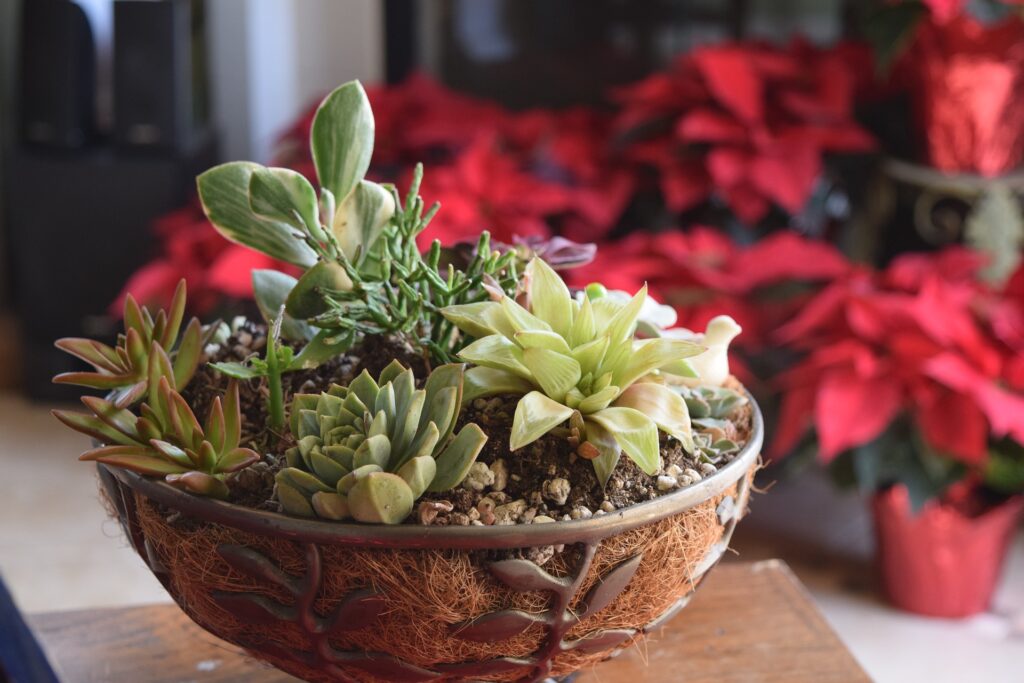New, custom, forever, or wherever, plants have a remarkable ability to make any house a home.
And with the spring season well underway, starting an indoor plant collection can be the perfect way to bring some of the outside in – without worrying about maintaining an entire garden. Besides adding a bit of green inside, plants can boost productivity, improve air quality, and even reduce stress. And after the last two years we’ve all been through, who couldn’t use some of that!
But the best part about the following list of plants is they don’t mind if you’re not a skilled gardener. These are some of the easier ones to care for because they require minimal attention and watering, and some only require low light.
Tillandsia / “Air Plants”
There are all kinds of air plants (around 650 species, but who’s counting?). And they’re having a bit of a trendy moment right now. You’ve probably seen them popping up all over home improvement stores, boutique shops, and farmer’s markets.
The thing that makes these such popular houseplants is they don’t need soil to survive. But they do need a bit of attention to thrive.
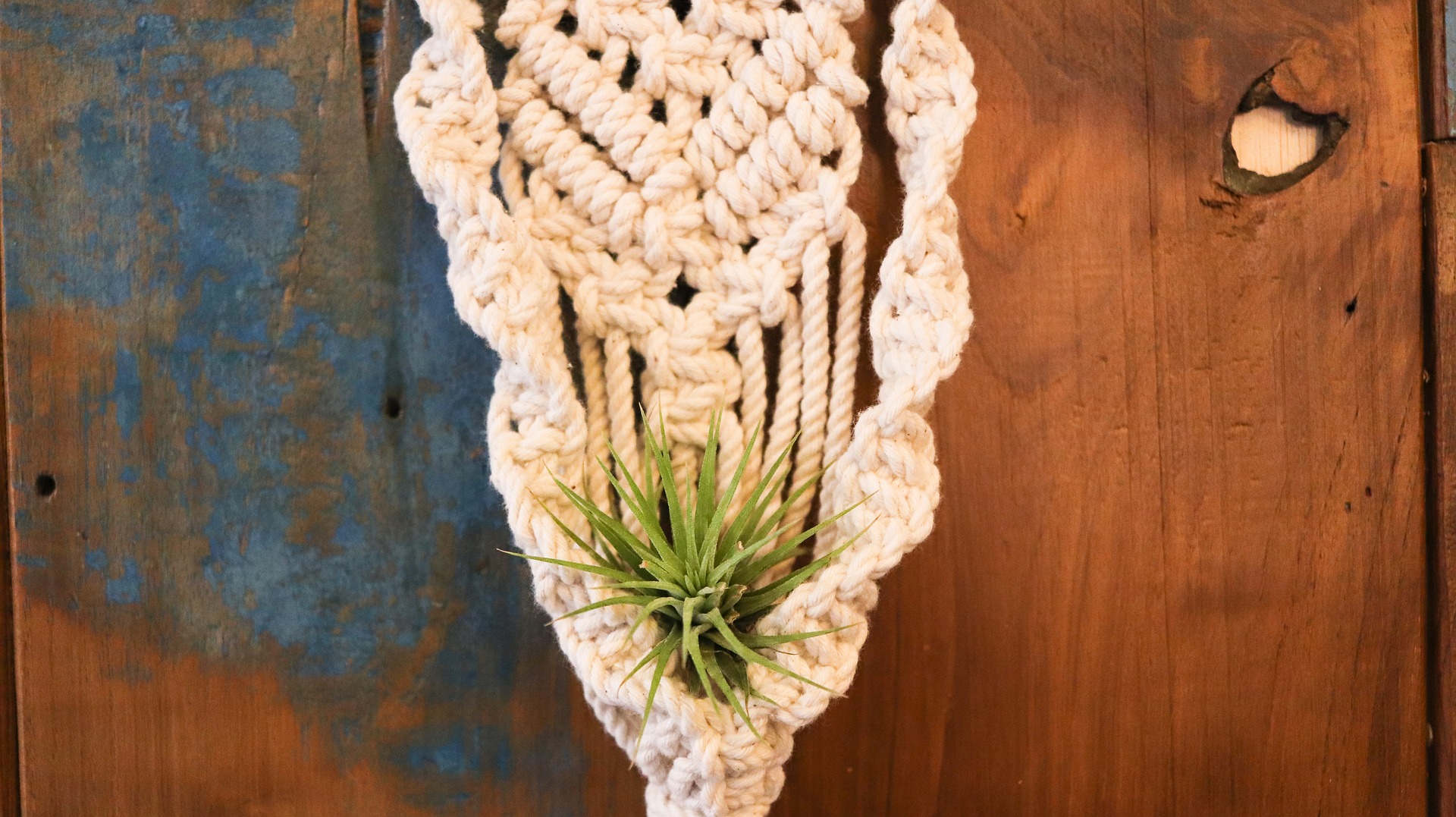
Care Guide: About every other week, place them in the sink with enough water to submerge them and let them soak for about a half-hour. When you take them out of the water, turn them upside down on a towel to let them drain. Once they’re dry, put them back where they reside. Alternatively, you can mist them every few days to keep them looking fresh, especially in the winter when the humidity is lower. They also prefer shade, so keep them out of direct sunlight.
How will you know your plant is happy? It’ll send up flowers. When the bloom dries out, snip it off. In time, it will bloom again.
Plant Health Tip: Allow air plants to dry out before returning to their pots or containers. If the roots don’t have proper airflow, they’re prone to rot.
Bonus: These low-maintenance plants are safe to keep around your pets. Plus, the lack of soil can mean easier cleanup after a curious cat or energetic dog.
Chlorophytum comosum / “Spider Plant”
These fun plants are considered one of the most adaptable houseplants. You can also tell that you’re doing a good job caring for them because they sprout plant “babies” that you can easily propagate to grow more spider plants. Interestingly, this is how they got the name “spider” plant. The babies dangle down from the mother plant like spiders on a web.
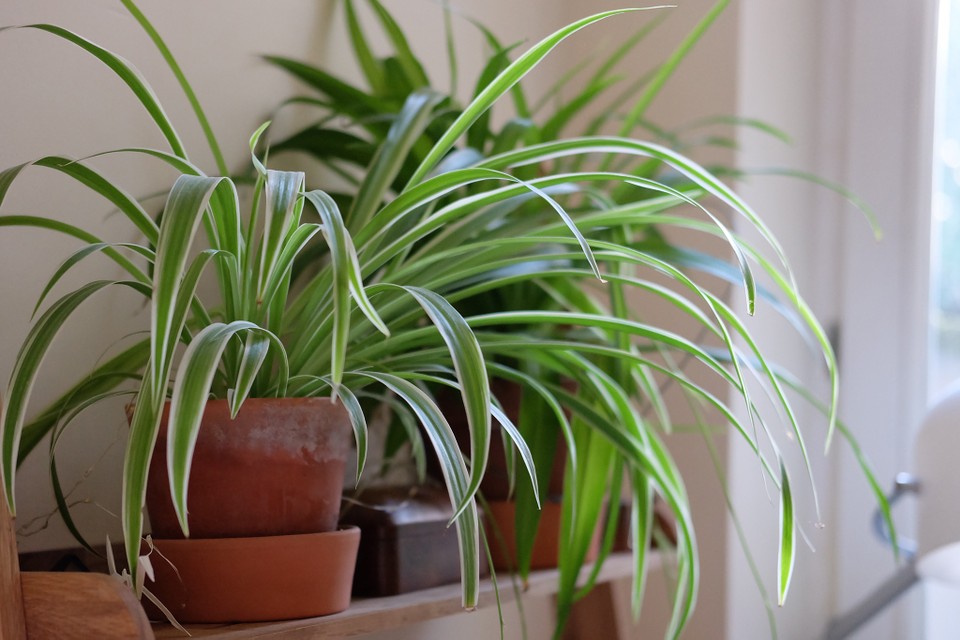
Care Guide: For the best growing conditions, place this plant near a window that gets bright, indirect sunlight. They will also tolerate low-light areas where other plants might not do as well. Water when the top two inches of soil are dry. Cut back watering in the winter, and make sure they aren’t exposed to cold drafts.
Plant Health Tip: Droopy leaves can be a sign of underwatering, and yellow or soft brown leaves can mean overwatering.
Bonus: Not only are they some of the easiest plants to care for, but spider plants are also hypoallergenic and safe to keep in a pet-friendly household. They absorb harmful molds and irritative allergens that can be found in the air in your home.
Dracaena trifasciata / “Snake Plant”
Snake plant, mother-in-law’s tongue, viper’s bowstring hemp, or St. George’s sword – this houseplant has many nicknames. But no matter what you call them, they are one of the best houseplants for low-light areas. That’s what makes them so popular for corporate offices. It’s also what can make this plant the perfect addition to your home office.
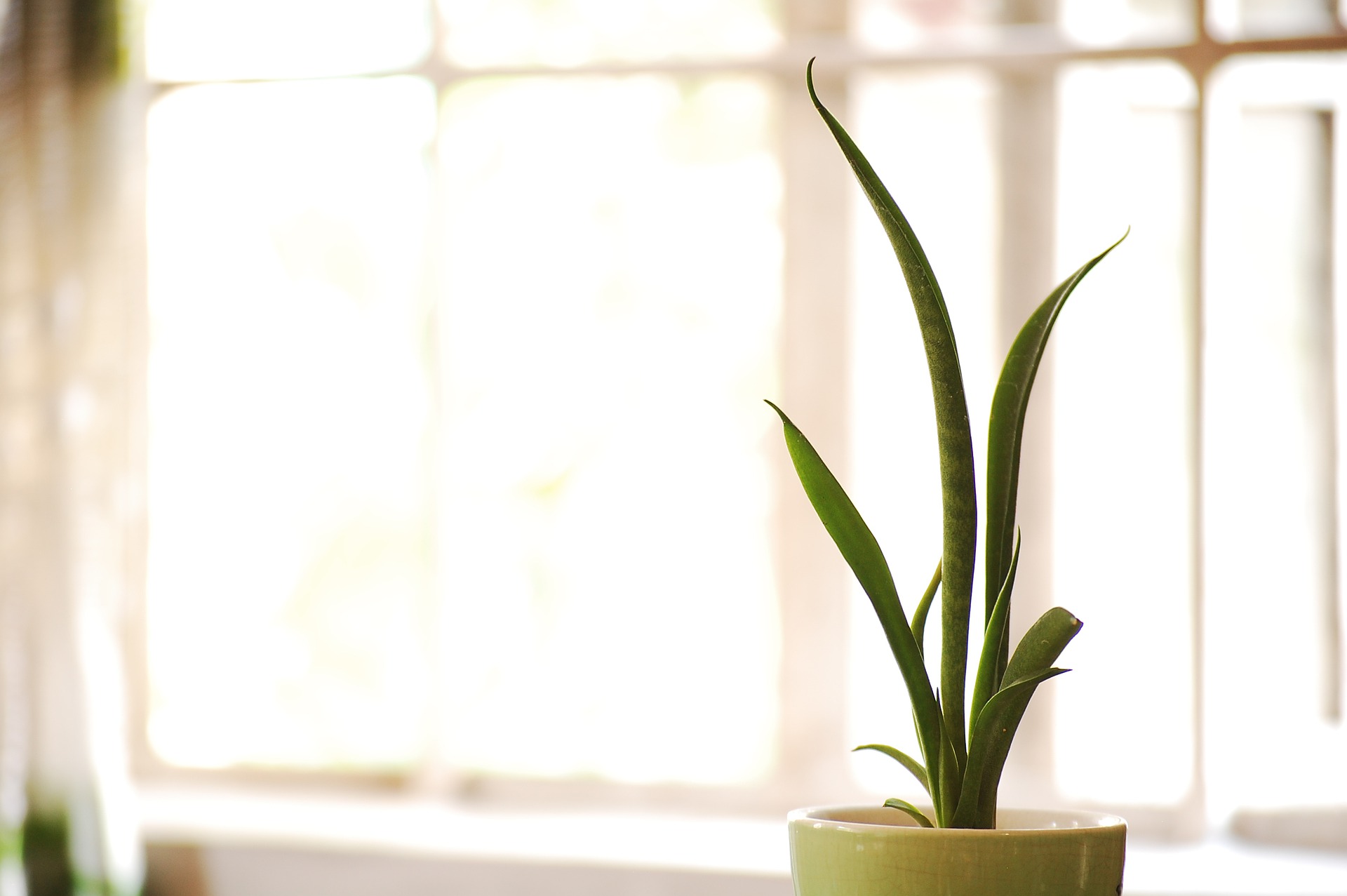
Care Guide: They don’t need a lot of sun, so indirect light is best. These are also great for people who forget about watering because it’s best to wait until the soil is completely dried out, and they need even less water in the winter months.
Plant Health Tip: Yellow, limp leaves, and a funny smell, which could mean it is being overwatered.
Bonus: Snake plants are another great choice for allergy sufferers and a bright green addition to any space. However, pet owners may want to steer clear as snake plants can be poisonous to cats and dogs. The ASPCA has a helpful guide for determining the types of toxic plants to avoid.
Epipremnum aureum / “Pothos”
There’s no secret why this plant is nicknamed “devil’s ivy” – they’re tough to kill. And because these resilient little dudes grow in a vine, they’re not hard to propagate and look stunning in hanging pots.
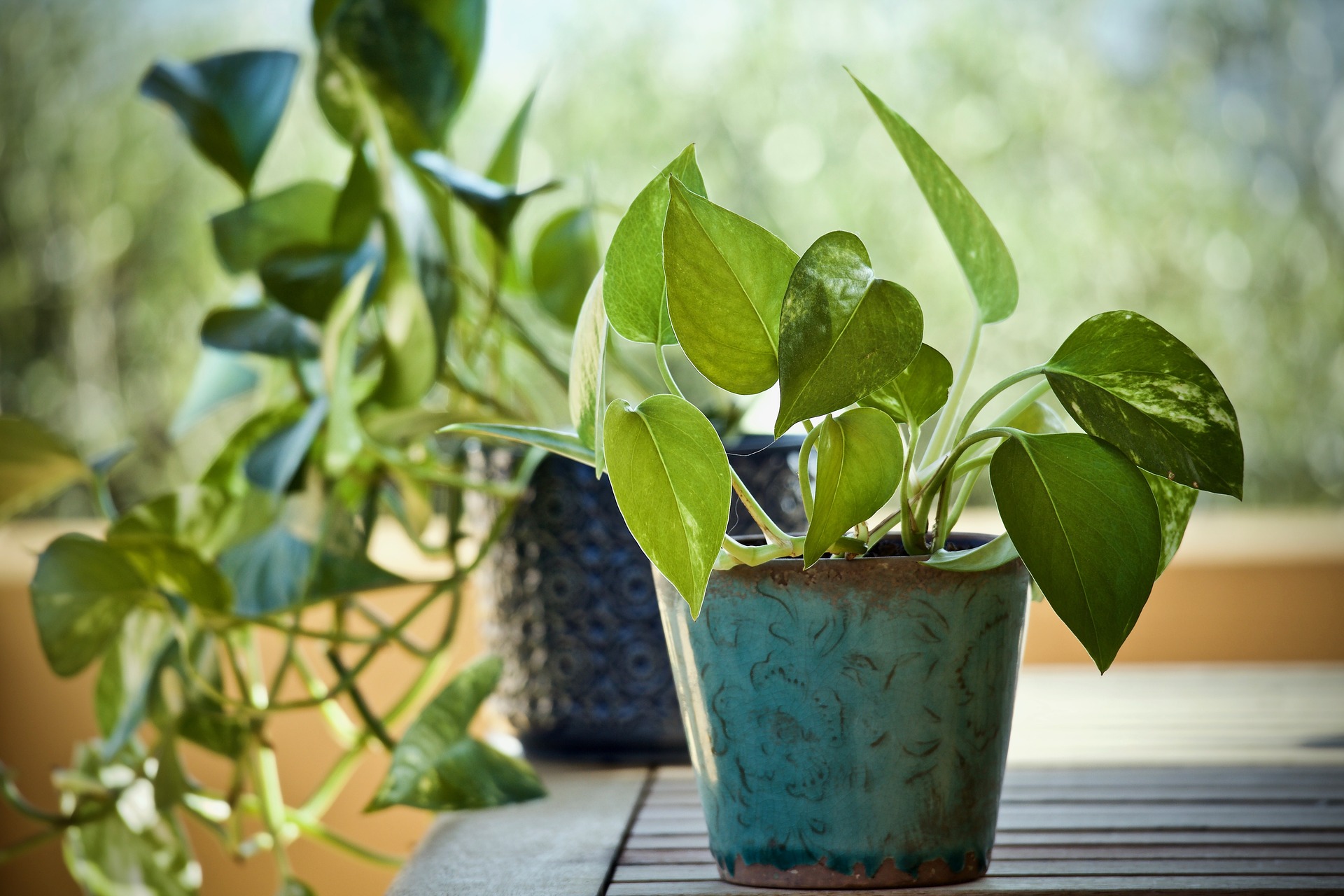
Care Guide: They don’t need a ton of light and only need to be watered sparingly. If the soil is too moist between waterings, the roots can rot.
Plant Health Tip: If leaves look “sad” even after you’ve watered them, it might mean you need a bigger pot. Check to see if the roots have outgrown their current one.
Zamioculcas zamiifolia / “ZZ Plant”
If you’re someone who claims to have no green thumb whatsoever, this plant is the perfect match for you. They don’t require much attention and survive in a variety of environments. In addition to being an easy indoor plant, the ZZ can filter certain toxins from the air.
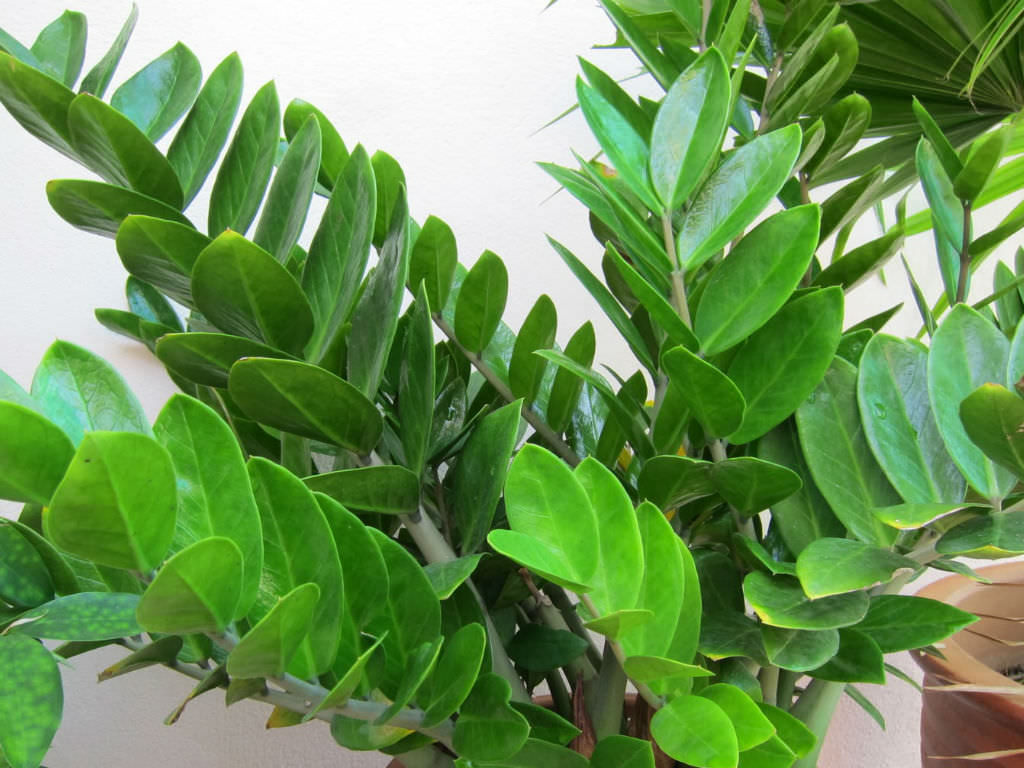
Care Guide: The ZZ plant loves low light, so make sure to keep them away from direct sunlight. They’re tropical plants originating from drought-prone Africa, so they only need water when the soil is completely dried out.
Plant Health Tip: Yellow leaves mean the plant is getting too much water.
If you’re looking for a new home for you and your plants, a custom home to showcase your plant collection, and everything in between (plants optional), please don’t hesitate to contact us.

